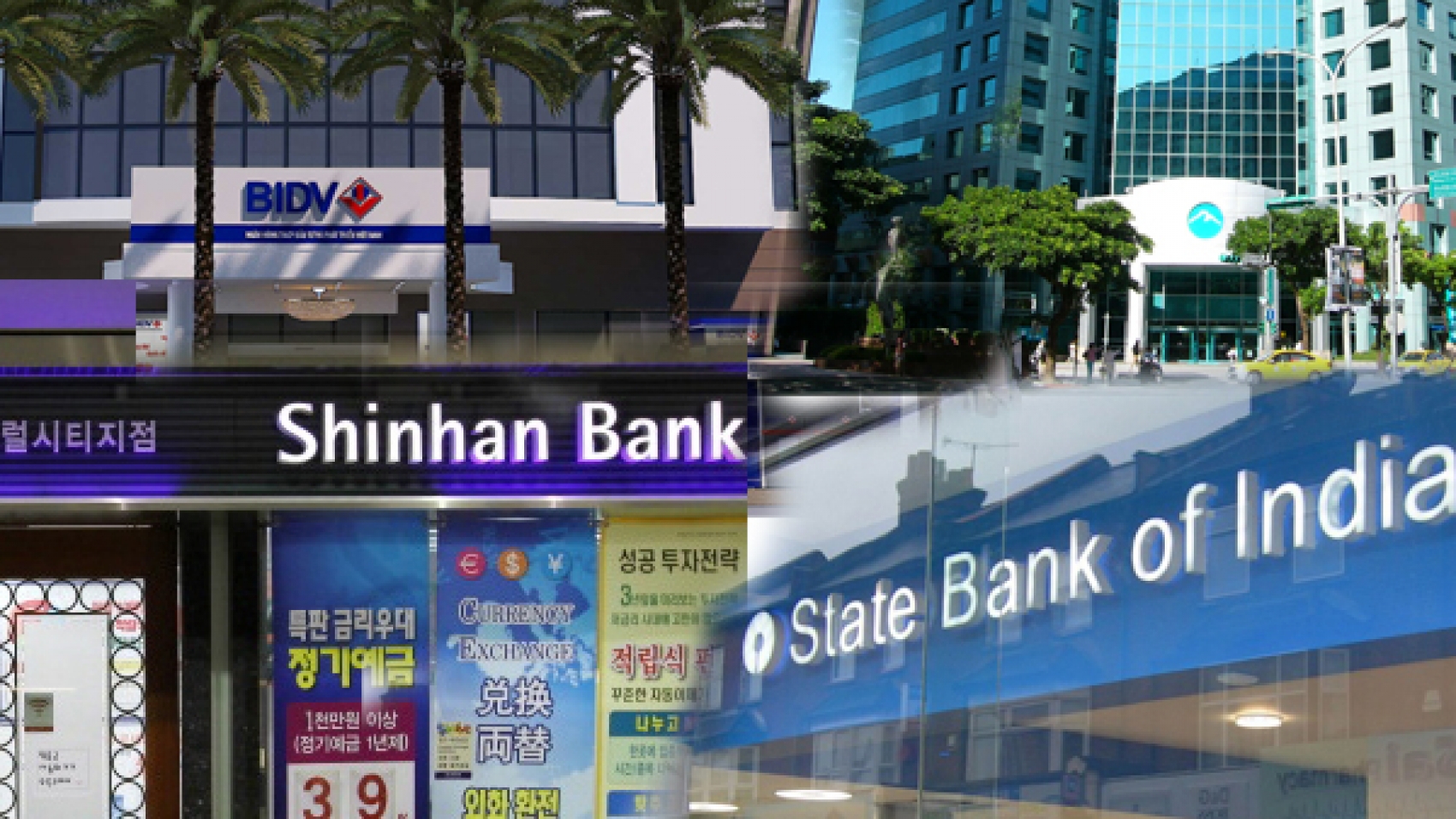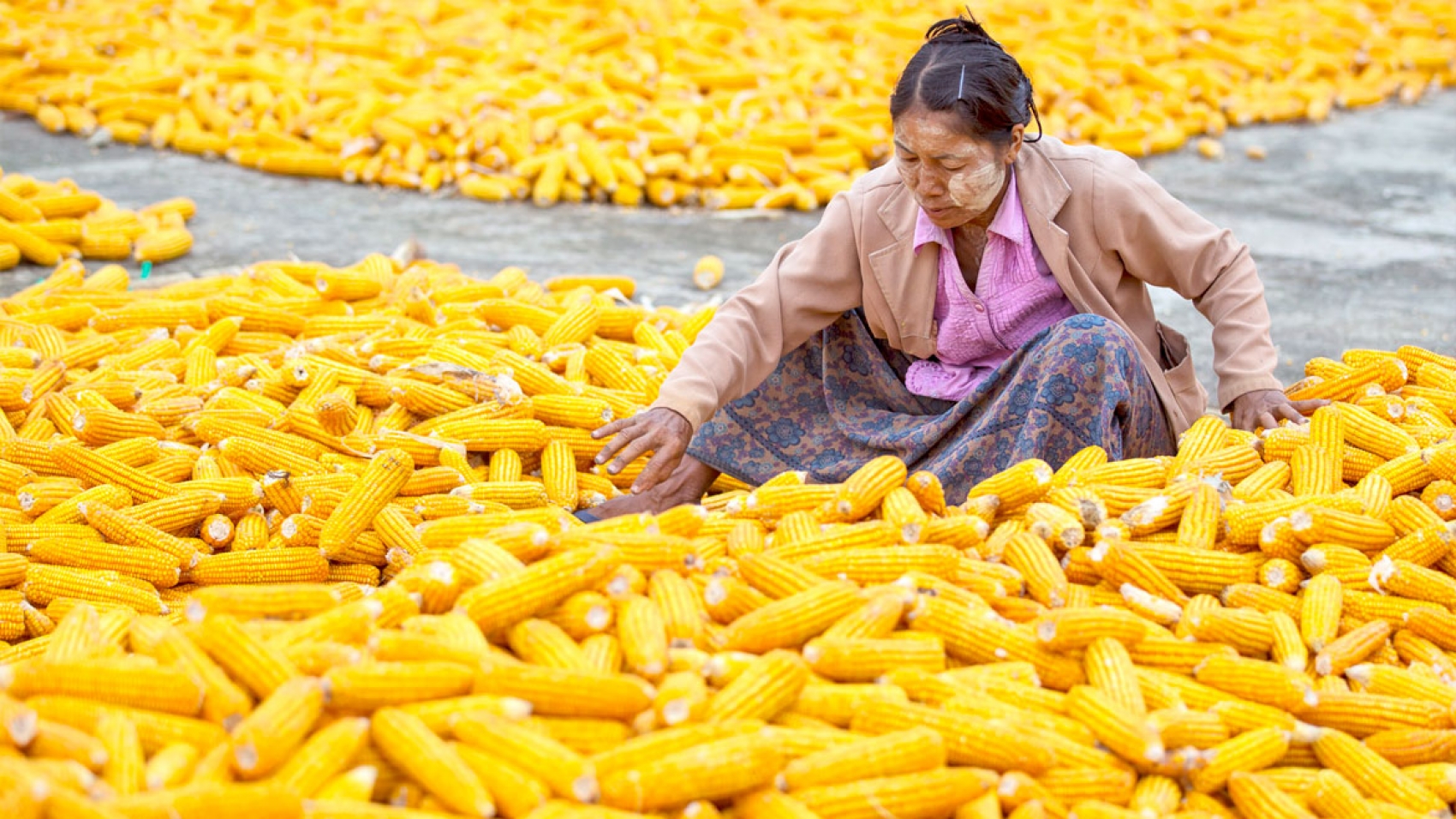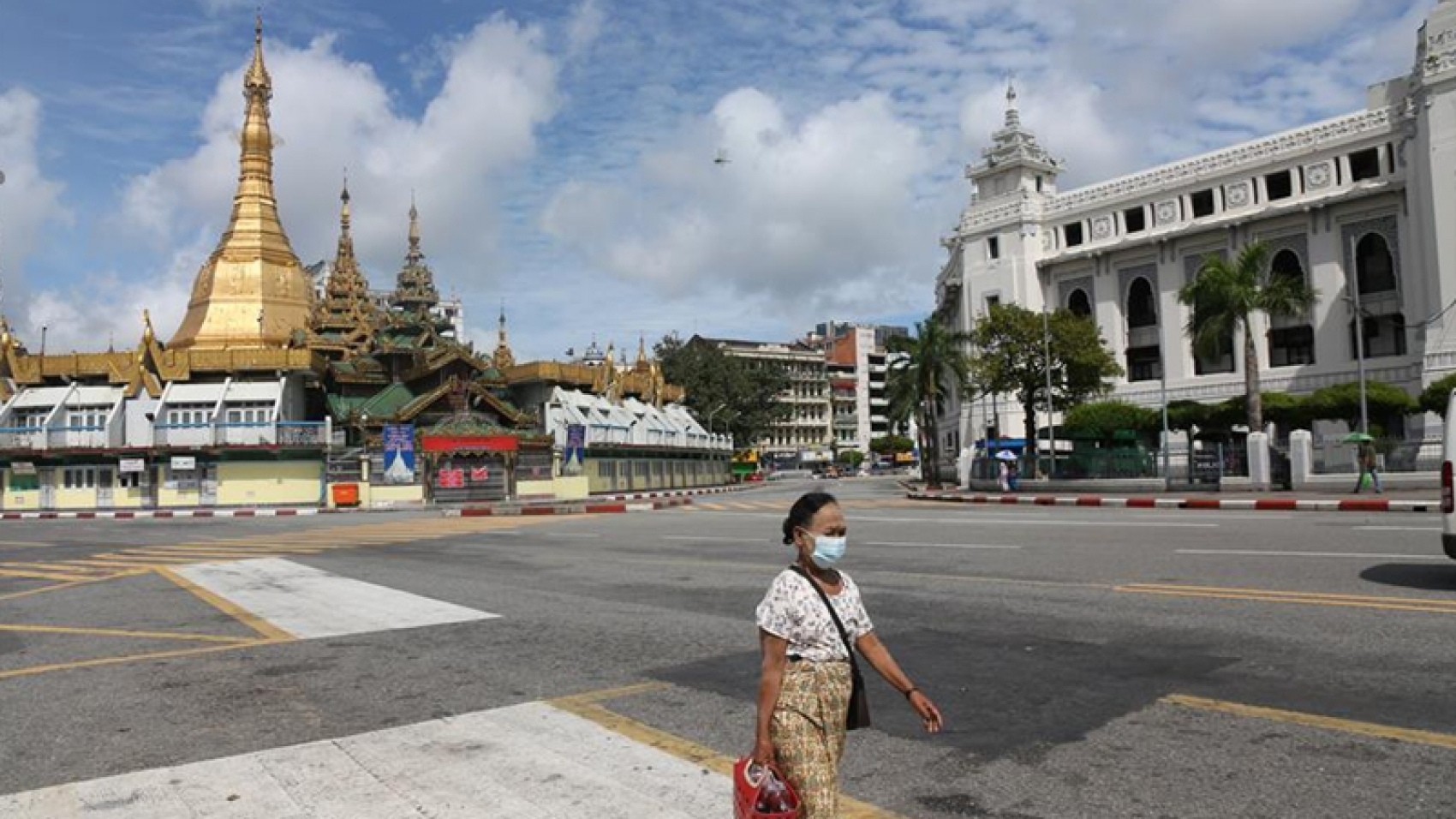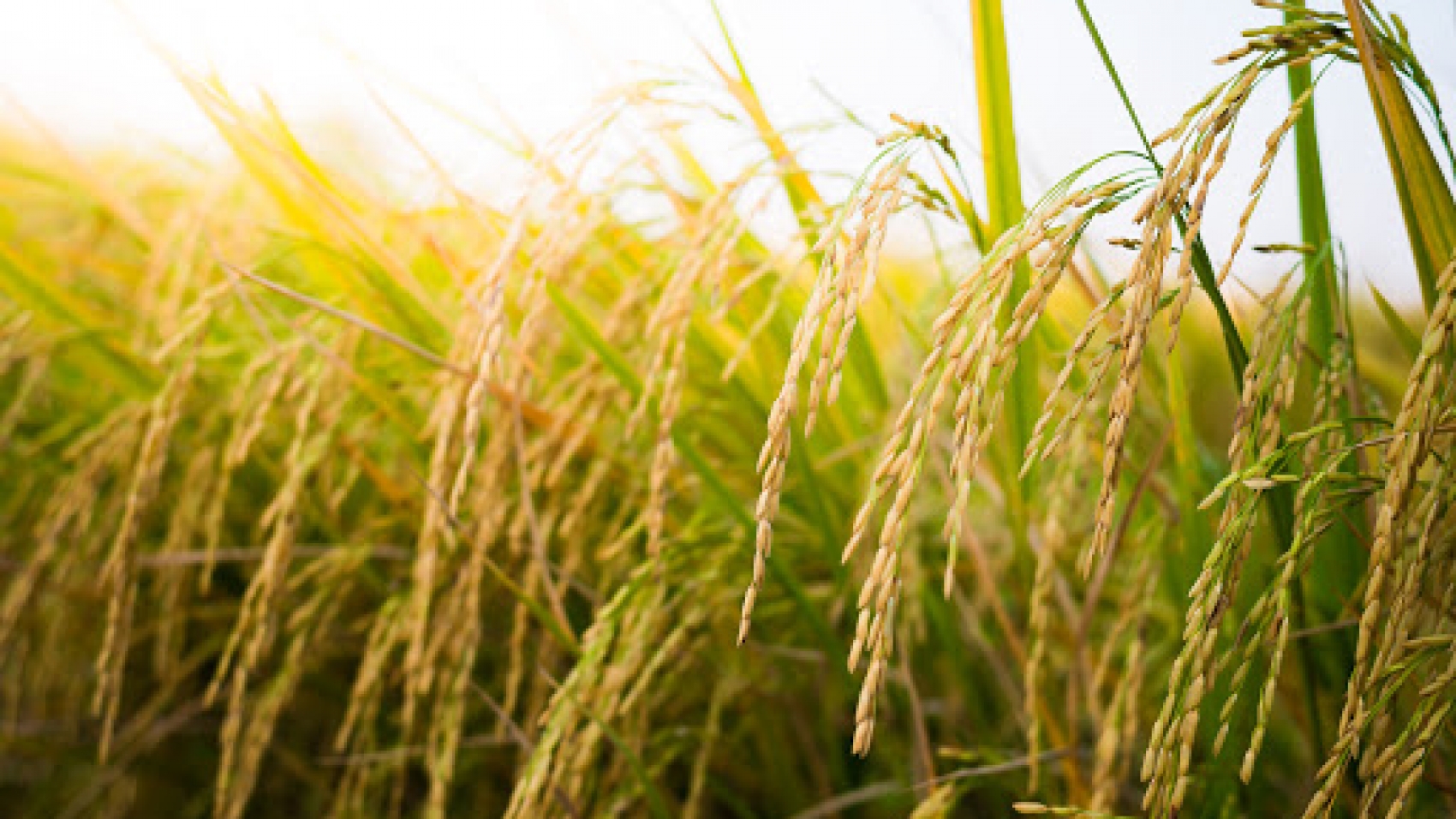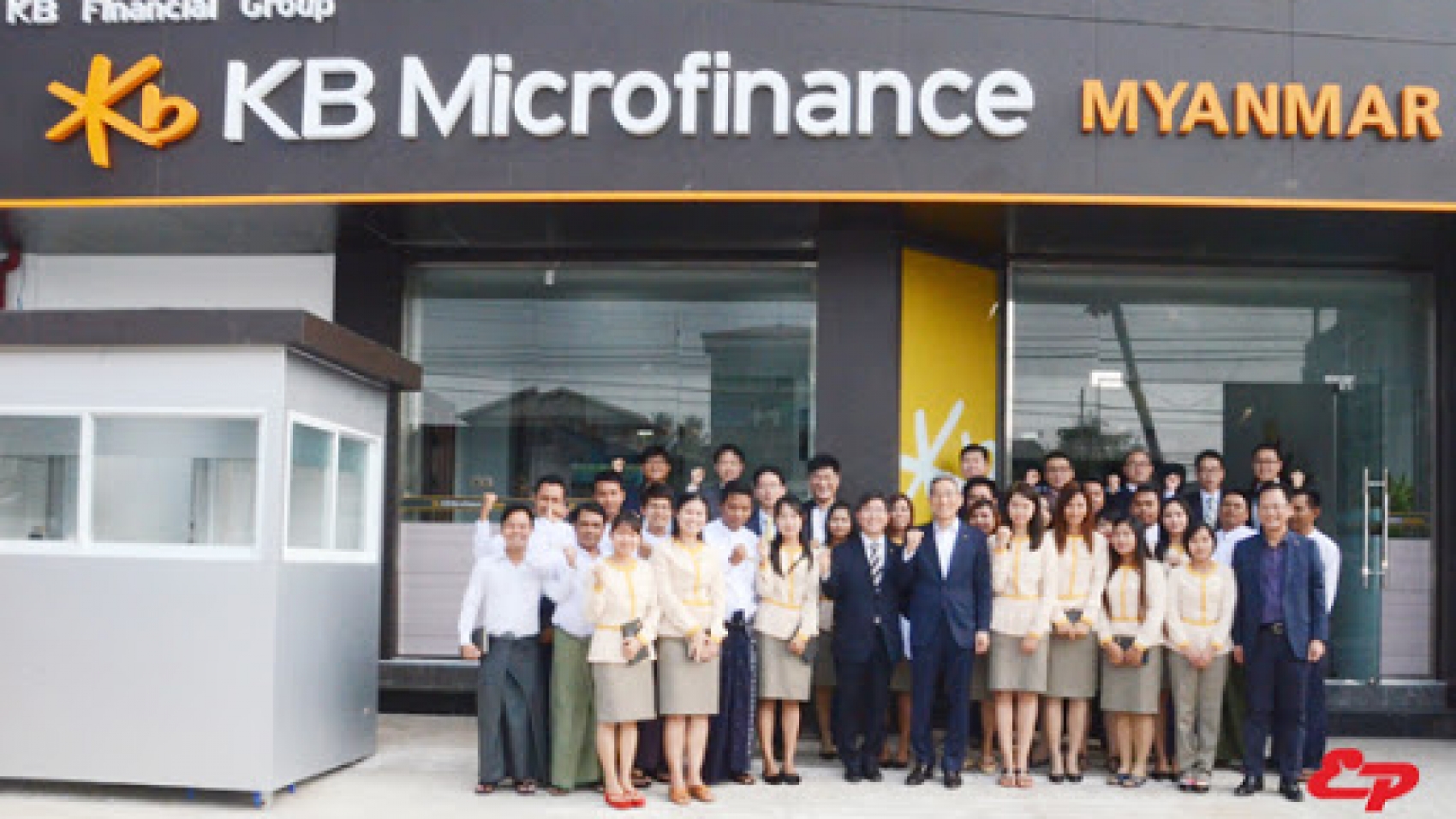During the current government’s five-year term, four local banks, eight foreign bank branches, and six foreign bank representative offices have been allowed to open, according to figures released by the Central Bank of Myanmar. The local banks that were allowed to open under the current government are Glory Farmer Development Bank; Metal Development Bank; Myanmar Tourism Bank Farmers Development Bank – Mandalay. The foreign banks that were allowed to open under the current government are BIDV Bank (Vietnam); Shinhan Bank (South Korea), E. Sun Commercial Bank Limited (Taiwan), State Bank of India (India), Mega International Commercial Bank (Taiwan), The Korea Development Bank (South Korea); Cathy United Bank (Taiwan), Bank of China (Hong Kong) (Hong Kong).
In March 2020, the number of branches opened by 27 private banks was 1,940, and the number increased to 634 in 45 months, according to the Quarterly Financial Statistics Bulletin (2019 Volume IV) issued by the Central Bank of Myanmar. As of June 2016, there are 515 branches in four state-owned banks in Myanmar, 62 ATMs, 1306 branches from 24 private banks; 1586 ATMs, 10 foreign bank branches, 15 foreign financial companies. There are 45 foreign bank representative offices. As of March 2020, there are 517 branches in four state-owned banks in Myanmar, 93 ATMs, 1940 branches from 27 private banks, 2894 ATM, 13 foreign bank branches, 29 foreign financial companies, 45 foreign bank representative offices. There are six representative offices of foreign financial companies.
In 45 months, the state-owned bank will have two branches; 31 ATMs; Three private banks; 634 branches; 1588 ATMs; Three foreign banks; 14 foreign financial companies; Six foreign finance company representative offices were expanded, and the foreign bank representative office remained unchanged at 45 as of June 2016. In December 2019, deposits in state-owned banks and private banks exceeded 49350 billion kyats, compared to 631 billion kyats in the previous three months. Deposits in private banks increased by more than 854 billion kyats. As of December 2019, the amount of loans disbursed by local banks was over 29695 billion kyats, while state-owned banks provided over 5270 billion kyats. Private banks have lent more than 24,424 billion kyats.
In December 2019, deposits at foreign bank branches totaled more than 4,022 billion kyats, and more than 2,036 billion kyats were disbursed. In order to ensure the security of the entire banking system, banks have to submit reports to the Central Banking Regulatory Commission. Daily reports include capital expenditures. Deposit Loans Money transfer, Income and expenses, Ownership of government securities, Income / Expenditure Account, Test status and daily foreign exchange status. The weekly report to be submitted is the cash flow ratio. Monthly reports include income and expenditure status; Balance Sheet List of capital adequacy ratios and entitlements. Quarterly reports include a list of large debts. Loans by sector and type of insurance to be sent annually. In 2014, nine foreign banks were allowed to open branches in Myanmar. In 2016, there were four branches; Now, in 2020, there will be four branches. Three banks under foreign banks. A total of 17 foreign bank branches; Three foreign-affiliated banks have been licensed.
Source: Daily Eleven

